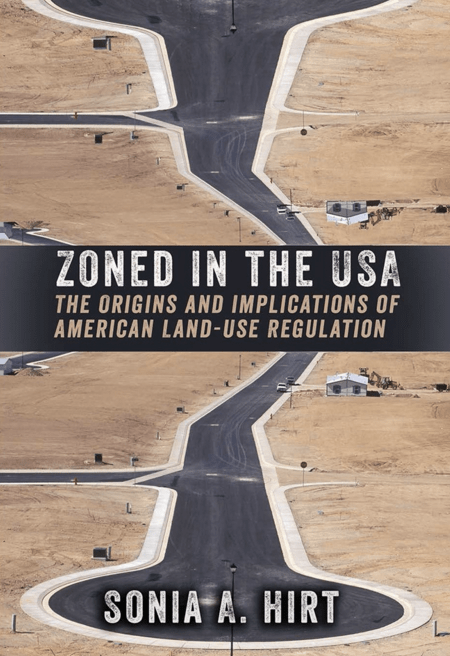It’s the hardiest perennial in the real estate business: “Now,” your realtor will tell you, “is a great time to buy a home.”
Back in 2006, just as the housing market was faltering, that’s exactly what the National Association of Realtors (NAR) was telling us. In fact, in November of that year, the NAR launched a $40 million advertising campaign claiming boldly that it was a great time to buy or sell a home.
The campaign’s central message, according to the New York Times, was that “historically low interest rates, a large supply of homes on the market and the group’s forecast of rising prices next year make now an ideal time to buy a home.” By then, the message met a highly skeptical audience. Financial commentator Barry Ritholtz of “The Big Picture” reviewed point-by-point NAR claims about the housing outlook and concluded “EVERY SINGLE STATEMENT IN THE AD IS MATERIALLY FALSE OR MISLEADING.” (Shouting caps in the original.)
Anybody who relied on the NAR’s advice then is probably regretting it. The NAR ads claimed that “homeownership is a safe, secure way to build long term wealth.” But as millions of homeowners learned to their chagrin when the housing bubble collapsed—to the tune of $7 trillion in lost value—the folklore about homes being a safe investment was just that: folklore.
And just this week, with the benefit of hindsight, the perennial cheerleaders at the National Association of Realtors now concede that those who went house shopping during the height of the housing bubble—2005 to 2007—maybe that wasn’t such a good time to buy after all. According to a story reported in Marketwatch:
Those who bought their homes 8 to 10 years ago — 2005 to 2007, at the height of the real estate bubble — have gained almost no equity in that time, an average of just $3,000 or 1%, said Jessica Lautz, the NAR’s managing director of survey research and communication.

If anything, estimates that 2005-07 buyers are ahead by one percent are almost certainly overly optimistic. These are NAR’s calculations, and don’t account for the fact that many of those who bought during the 2005-07 period lost their homes to foreclosure. Since 2006, more than 16 million homes have had foreclosure actions filed against them. Excluding those who were wiped out creates an upward “survivorship” bias in the estimated returns for those who still managed to hang on to their homes. And even for the survivors, the one percent return is actually an overstatement, for two reasons. First, it’s a total return of one percent over six to eight years, not one percent per year. And second, it doesn’t reflect the fact that the costs of liquidating their “investment” would more than wipe out this tiny amount of appreciation. It’s also important to remember that the one percent figure is an average for all buyers. While homes in some are markets, like San Francisco or New York, have fully recovered, millions of others are still underwater and buyers owe more on their mortgages than their homes are worth. These buyers have sustained a net loss on their investment.
According to Zillow, roughly 14 percent of all mortgage holders—about 7 million households—have this kind of negative equity. The largest share of these underwater homeowners bought during the height of the bubble. And when you add in the cost of selling and moving—including the commissions that go to the realtors—it’s even worse. Zillow estimates that just less than a third of mortgage holders (31.4 percent) are in a situation of effective negative equity because they don’t have enough equity to sell their home, pay closing costs, move, and make a down payment on an equivalent home.
Even as early as 2005, there were plenty of warning signs that we were in the midst of a housing bubble. Princeton economist Robert Shiller—and subsequent Nobel laureate in economics—warned for years about “irrational exuberance” in the housing market. And post-mortems of the housing crisis—including those by Atif Mian and Amir Sufi—showed how the structure of home mortgage finance encouraged buyers to take on risky, highly-leveraged bets on housing that had devastating financial and economic consequences when the day of reckoning finally came.
As tragic as the repercussions of the bubble’s collapse were for homebuyers—and all of us, really, because this triggered the Great Recession—the deeper policy question here may be whether it makes sense to position home ownership as the principal means of wealth-building for American households. If housing is a volatile, risky investment, and if returns vary so much over time and across space—which is decidedly the lesson of the housing bust—should we really be encouraging people to incur debt (mortgages) and stake their financial well-being to real estate markets? This is a question we’ll investigate further in the weeks ahead at City Observatory.
So the next time you hear someone telling you it’s a good time to buy a home, you might want to remember the old latin phrase Caveat Emptor, which today we might want to revise to read “Nam tempus nunc ut caveat emptor”: “Now is a good time for the buyer to beware.”
Here’s how “survivorship bias” works. For many calculations, you get very different statistics depending on when you sample a population. If you look at the statistics for just the cases that were still extant at some later date, you get an upwardly biased estimate. For example, in 2009, the sole survivor of the sinking of the Titanic—Milavina Dean—was 97 years old. If you looked only at the sample of Titanic passengers who survived to 2008, you could say the average life expectancy of Titanic passengers was 97 years.














































